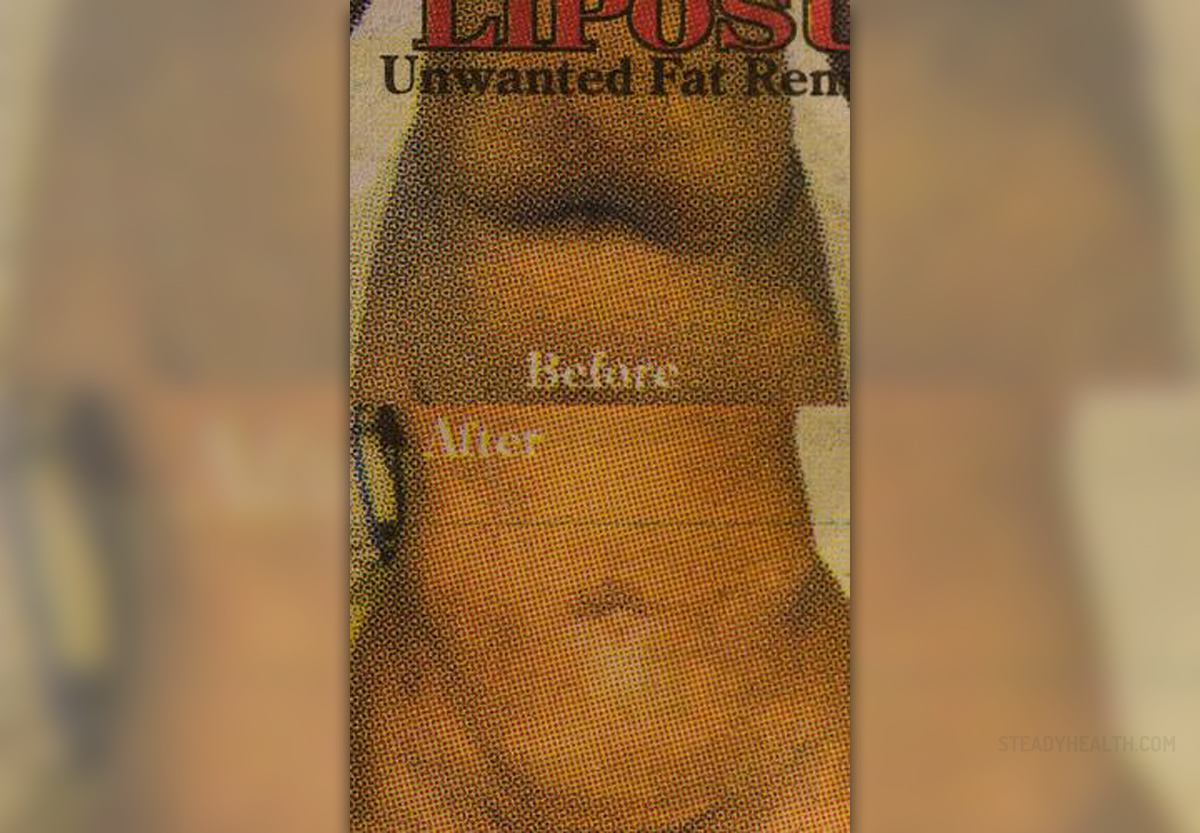
Liposuction, also called lipoplasty, liposculpture suction lipectomy, or more popularly, lipo, is a surgical procedure that removes unwanted fat from different areas of the body, usually buttocks, thighs, abdomen, upper arms, neck, but also from other body parts.
Liposuction is just one way to lose unwanted body fat, and even though it is a genuine surgical procedure with a significant recovery period, many people still opt for liposuction because it is one of the quickest ways to lose fat.
Before deciding to undergo liposuction, it is highly recommended to consider the risks, the procedure itself and the recovery.
What to expect after liposuction
Recovery is one of the most overlooked aspects of liposuction procedure. This period is just as important for the success of the operation and the procedure itself. During recovery period the body starts to reshape itself and to heal.
The healing is a gradual process and it goes in stages. First the bruising and numbness go away, usually after a week or two.
Swelling takes more time to subside, and it can take anywhere from a few weeks to a few months. When the swelling is completely gone, the recovery process is completed and the surgery results will finally be visible. The skin also needs time to tighten over the area that used to host fat, and this remodeling process is usually finished in six months.
The recovery period depends largely on the extent of the operation. In some procedures only a small part of the fat is removed, and the healing is, logically, much faster.
One important aspect of liposuction, and of any other surgical procedure for that matter, is anesthesia recovery. Liposuction is done under general anesthetic and it is highly recommended to have someone around who will help with the side effects of anesthetic.
The patient will be given instructions on proper wound care and also on painkillers that will help with the pain and discomfort that are to be expected during the recovery. Compression garments are another important part of the recovery, they help the wound heal without tissue shifting and they prevent formation of blood clots.
How to prevent complications
Liposuction can be done is different ways, but most of them use an incision that can be bigger or smaller, depending on the amount of fat that needs to be extracted. Like any wound, the incision site must be regularly monitored and checked by a trusted doctor.
Doctors will place bandages over the wound as soon as the procedure is completed. The dressing should be changed regularly by a professional, and in most cases it is recommended to leave them on for at least a few weeks. Dressing keeps the bacteria away and prevents infections that can not only compromise the result of the operation, but they can also be life threatening.
After the procedure and before the patient is released from the clinic or the hospital, he or she will be given instructions on how to take care of the wound and how to watch for the signs of infection. If any of those signs appear, a doctor should be contacted immediately to prevent further complications.




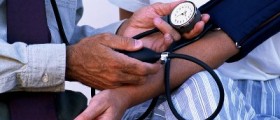


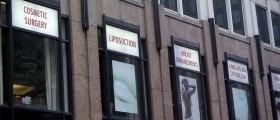
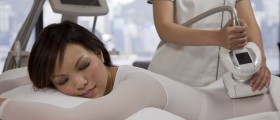

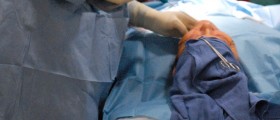
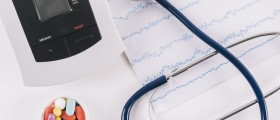


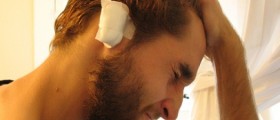
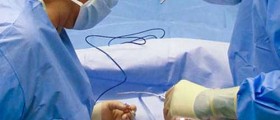
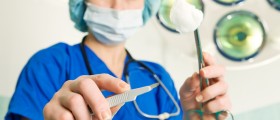
Your thoughts on this
Loading...